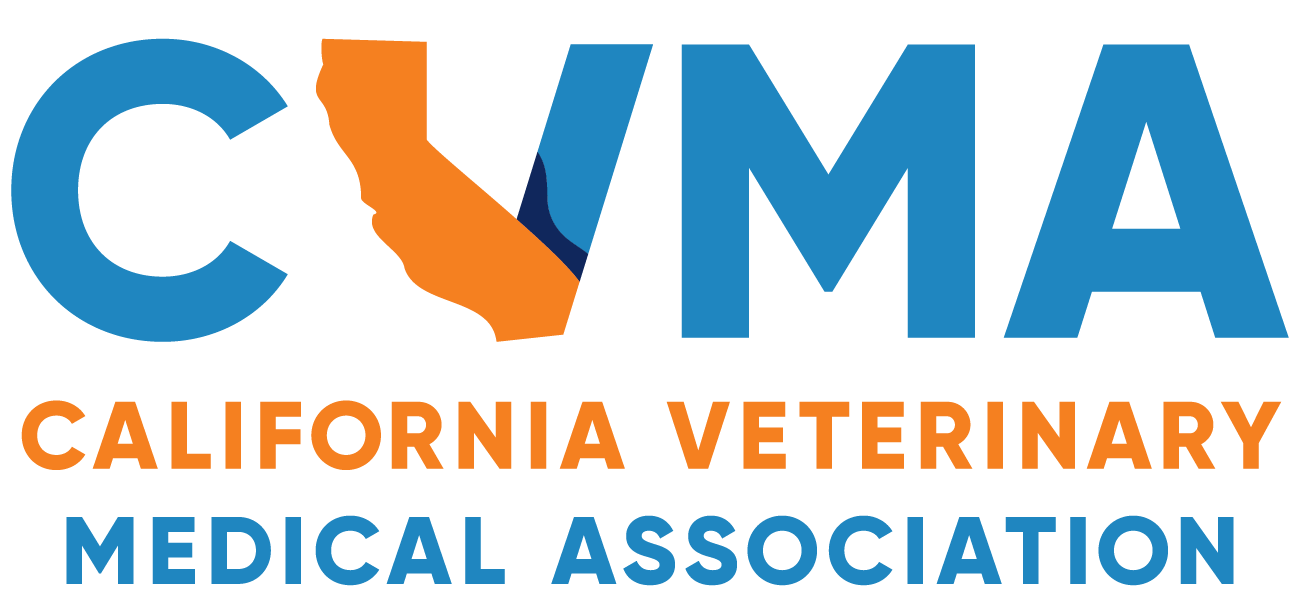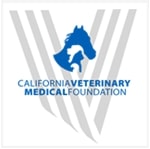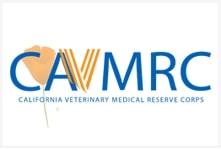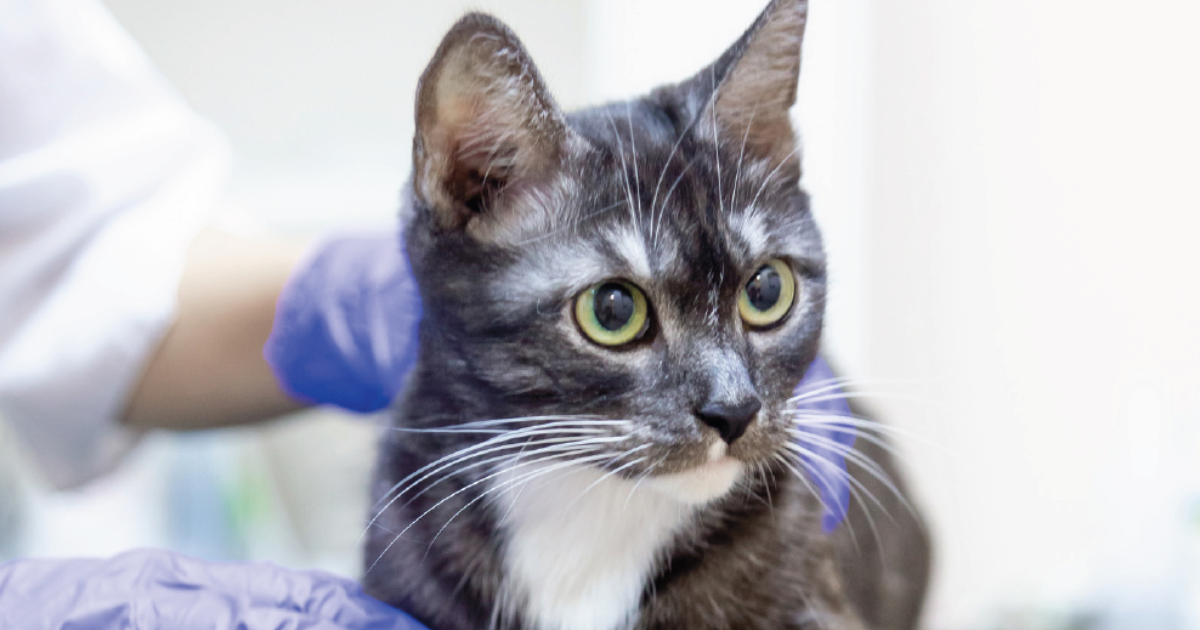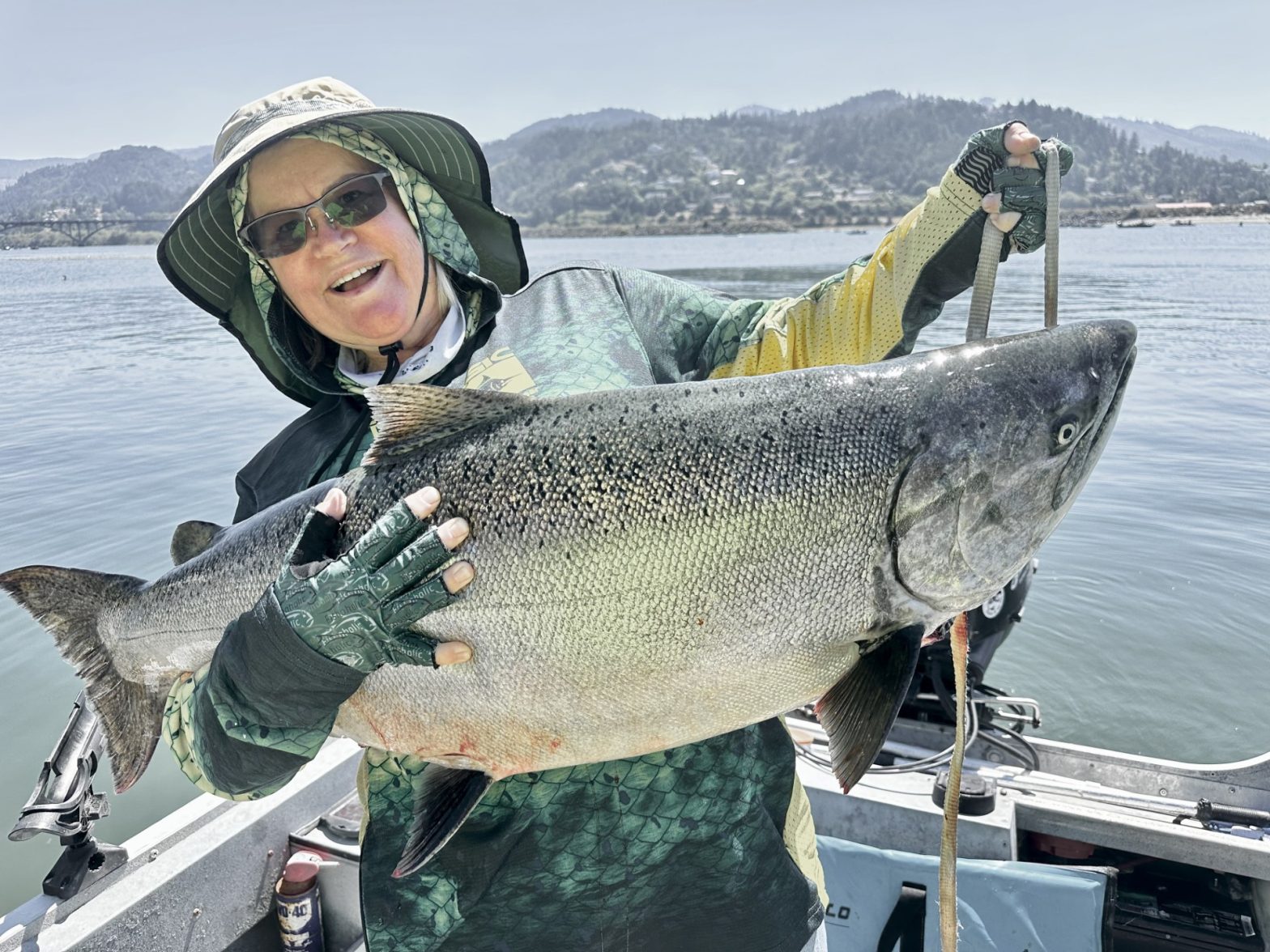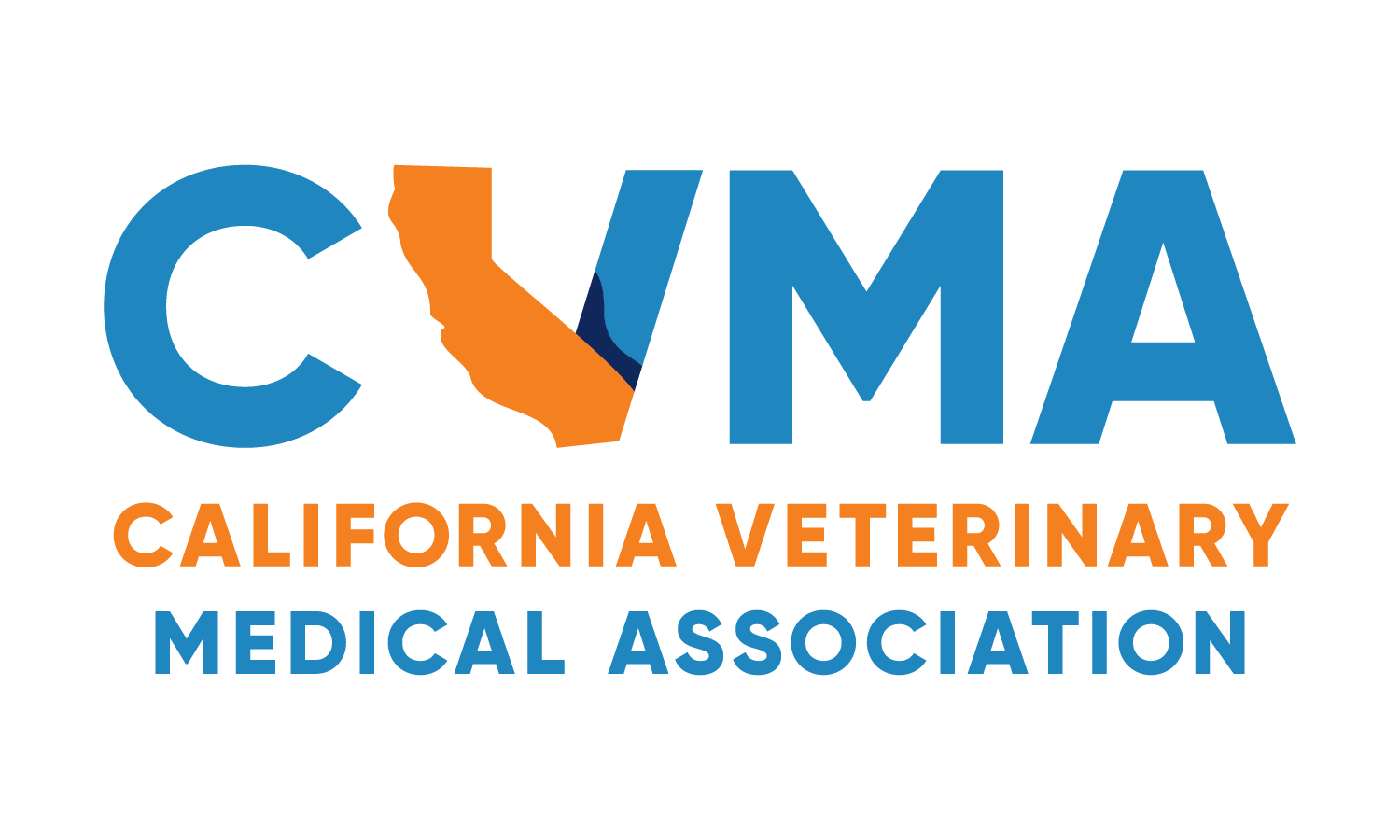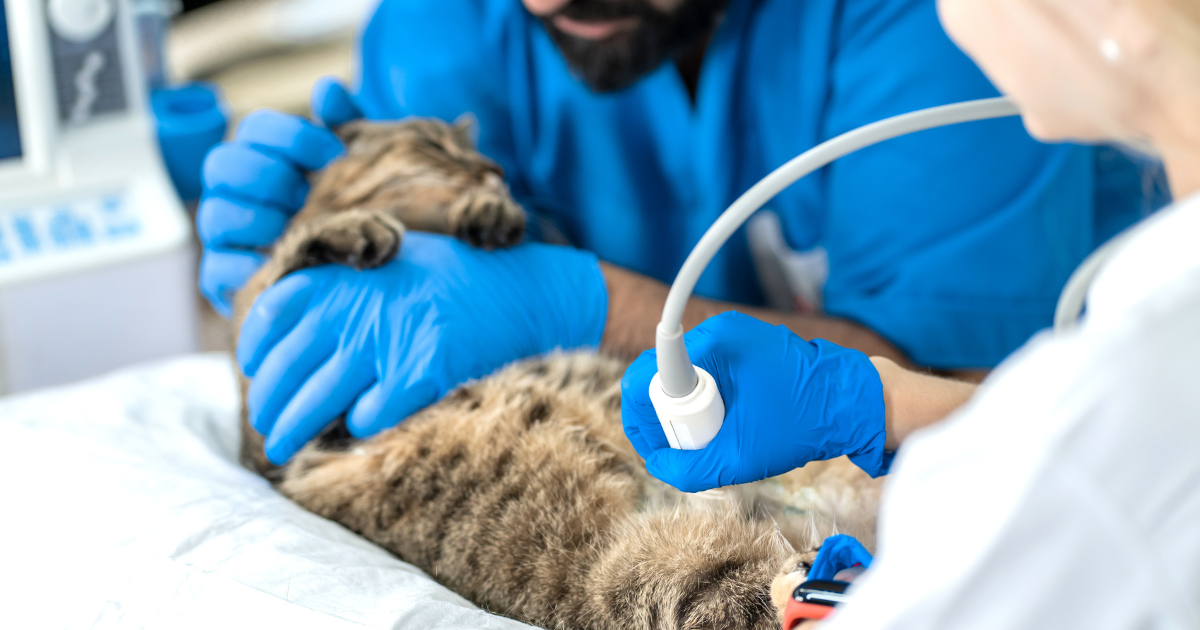Research shows that trusted financial guidance helps veterinarians thrive, not just survive. That’s why CVMA has partnered with Sabadoodle to offer the 90-Day Money Mentorship Program. Financial stress is a leading cause of burnout, especially among early-career veterinarians navigating the shift from classroom to practice. Anxiety over money can impact care quality, productivity, and retention.
Sabadoodle’s 90-Day Money Mentorship Program

